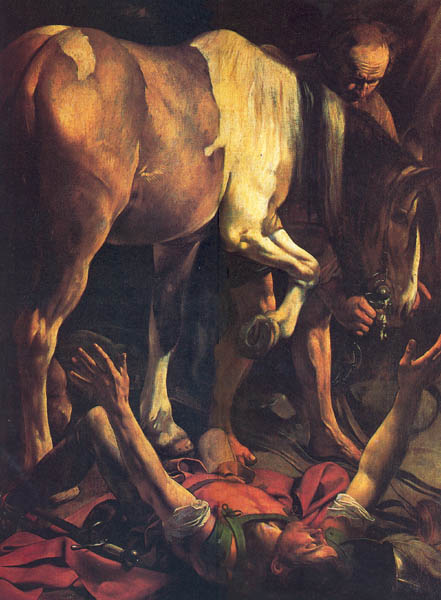Image Details

Scala/Art Resource, New York, NY
Fallen from his horse, Saul of Tarsus—soon to become the apostle Paul—reaches up in a gesture of acceptance to the light that streams down from the upper right corner. In contradiction, however, to biblical accounts (Acts 9:1–9, 22:4–11, 26:9–18), “The Conversion of St. Paul” by Caravaggio (1573–1610) represents the event as an internal experience, of which the horse and an attendant seem unaware. Similar intepretations by some modem scholars hinge on the meaning of the biblical Greek word for “appear” (opthe), which they believe refers to subjective visions by a person in a transcendent state of mind. Other scholars, however, argue that opthe always denotes real, objective, divine appearances in the Greek version of the Old Testament, or Septuagint, and should be likewise interpreted in the New Testament.
